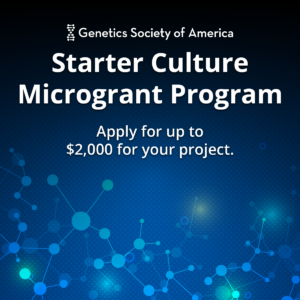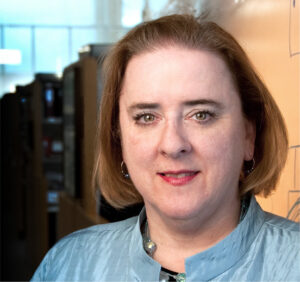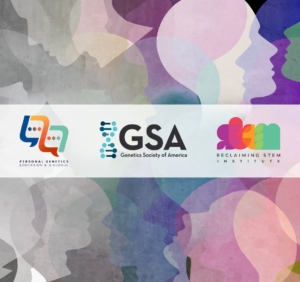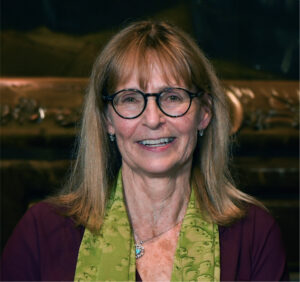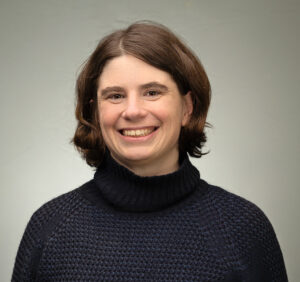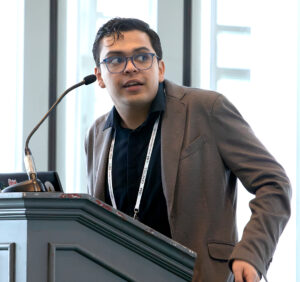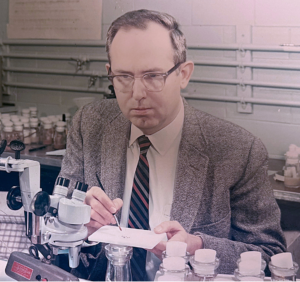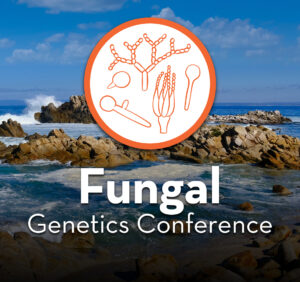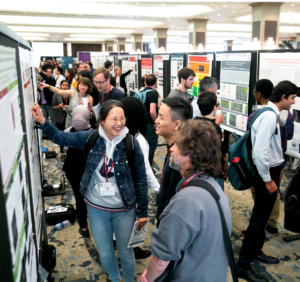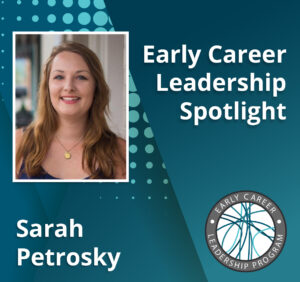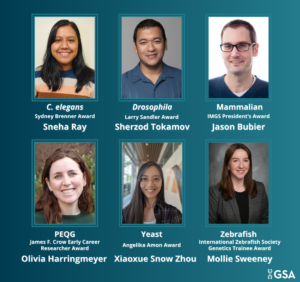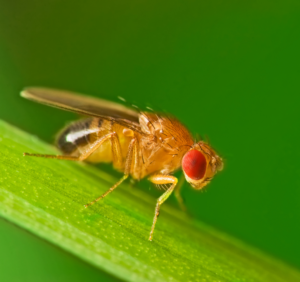
GENETICS, Senior Editor for Perspectives and Reviews
Joanna Masel is a mathematical modeler and data scientist interested in foundational questions in evolution. Her theoretical work on the robustness and evolvability of biological systems, and the evolution of molecular error rates, led her into more empirical application of evolvability theories to the de novo birth of genes from junk DNA. This in turn spurred a research program inferring, from the characteristics of the most ancient protein sequences, the nature of early life and the origin of the genetic code of 20 amino acids. She also studies the population genetic consequences of the extraordinarily high rates of deleterious mutation experienced by species such as humans. Other interests include generalizing concepts of “fitness” to include phenomena such as dormancy, evolvability, and density-dependence. She is currently a Professor in Ecology and Evolutionary Biology at the University of Arizona.

G3, Associate Editor
Dan Bergstralh earned his BS in Cell Biology and Molecular Genetics from the University of Maryland and his PhD in Genetics and Molecular Biology from the University of North Carolina at Chapel Hill. He completed postdoctoral training with Jeff Sekelsky at UNC and then with Daniel St. Johnston at the Gurdon Institute, University of Cambridge, where he was a Marshall Sherfield Fellow and Marie Curie Postdoctoral Fellow. Dan is currently Associate Professor in the Division of Biological Sciences at the University of Missouri. His lab uses Drosophila epithelial tissues to study how cells orient their mitotic spindles for proper division and pioneered research on epithelial cell reintegration—the process by which misplaced cells return to their tissue layers. This work combines genetics, live imaging, and computational modeling to understand epithelial tissue architecture. Dan has received NSF CAREER and NIH R01 funding for his research.

G3, Associate Editor
Julian Catchen earned his BS in Computer Science at Pennsylvania State University and his PhD in Computer and Information Science from the University of Oregon. Working under the zebrafish biologist, John Postlethwait, and the bioinformatician, John Conery, Julian examined the effects of the teleost-specific whole genome duplication on genome architecture using conserved synteny. As a postdoctoral researcher, Julian moved to the lab of Bill Cresko, where he focused on the marine to freshwater transition in Alaskan threespine stickleback. During this time, he also developed Stacks to analyze RAD sequencing data for genetic mapping and population genetics. Julian joined the faculty of the Evolution, Ecology, and Behavior Department at the University of Illinois and is currently an Associate Professor. The Catchen Lab uses computational techniques, including comparative and population genomics, and conserved synteny, to examine the evolution of genome architecture across different time scales, focused primarily on notothenioid and stickleback fishes.

G3, Associate Editor
Li-Lin Du is an Investigator at the National Institute of Biological Sciences, Beijing (NIBS). He received a BS from Nankai University, an MS from the Shanghai Institute of Biochemistry, and a PhD from Yale University, where he worked on membrane trafficking in the budding yeast Saccharomyces cerevisiae under the mentorship of Peter Novick. He then obtained postdoctoral training in the laboratory of Paul Russell at The Scripps Research Institute, where he studied DNA damage response in the fission yeast Schizosaccharomyces pombe. He became a principal investigator at NIBS in 2007. The Du lab studies gene essentiality, killer meiotic drivers, and genome evolution in fission yeasts.

G3, Associate Editor
Guilherme da Silva Pereira studied Biological Sciences at the Universidade Estadual da Paraíba (UEPB), in Campina Grande, Brazil. He holds MSc and PhD degrees in Genetics and Plant Breeding from the Luiz de Queiroz College of Agriculture/University of São Paulo (ESALQ/USP), Piracicaba, Brazil. He has conducted postdoctoral research at North Carolina State University, and taken a sabbatical at the University of Edinburgh. Currently, he is an assistant professor at the Department of Agronomy at Federal University of Viçosa (UFV), in Viçosa, Brazil. His lab focuses on developing and applying molecular, quantitative, and statistical genetics methods and tools to plant breeding, including but not limited to polyploid, clonally propagated crops such as potato, sweet potato, and sugarcane.

GENETICS, Associate Editor
Athma Pai is an RNA systems geneticist working at the interface of RNA biology, functional genomics, and computational biology. Athma received her BA in Biochemistry and Anthropology from the University of Pennsylvania and a PhD in Human Genetics from the University of Chicago. After completing a Jane Coffin Childs postdoctoral fellowship at MIT, she joined the faculty of UMass Chan Medical School in 2018 and is now an Associate Professor in the RNA Therapeutics Institute. Her research focuses on understanding how RNA maturation steps are efficiently coordinated through the lifecycle of an RNA molecule. To do so, her lab develops and applies high throughput approaches to study the kinetics, fidelity, and coupling of transcriptional and RNA processing mechanisms. Her work has been recognized with professional awards and grants such as the NIH Maximizing Investigators Research Award, NSF CAREER Award, and UMass Chan Early Career Achievement in Science and Health Award.

GENETICS, Associate Editor
Leo Parts trained in Computer Science and Mathematics before a PhD in molecular biology, followed by postdoctoral work in high-throughput experimental genetics. He has contributed to methodological advances in genetics of gene expression, established new efficient approaches for interrogation of cellular and molecular complex traits in yeast, and developed some early deep learning approaches for biological image analysis. In 2015, Leo joined the Sanger Institute faculty, and is currently a group leader in the new Generative Genomics program. His team uses systematically engineered genetic variation at scale in human cell lines to “solve” non-coding DNA function. To do so, they developed the CRISPR/Cas toolbox to understand and steer the gene formation of editing outcomes, and established new methods to randomize the human genome sequence and characterize the outcomes.







